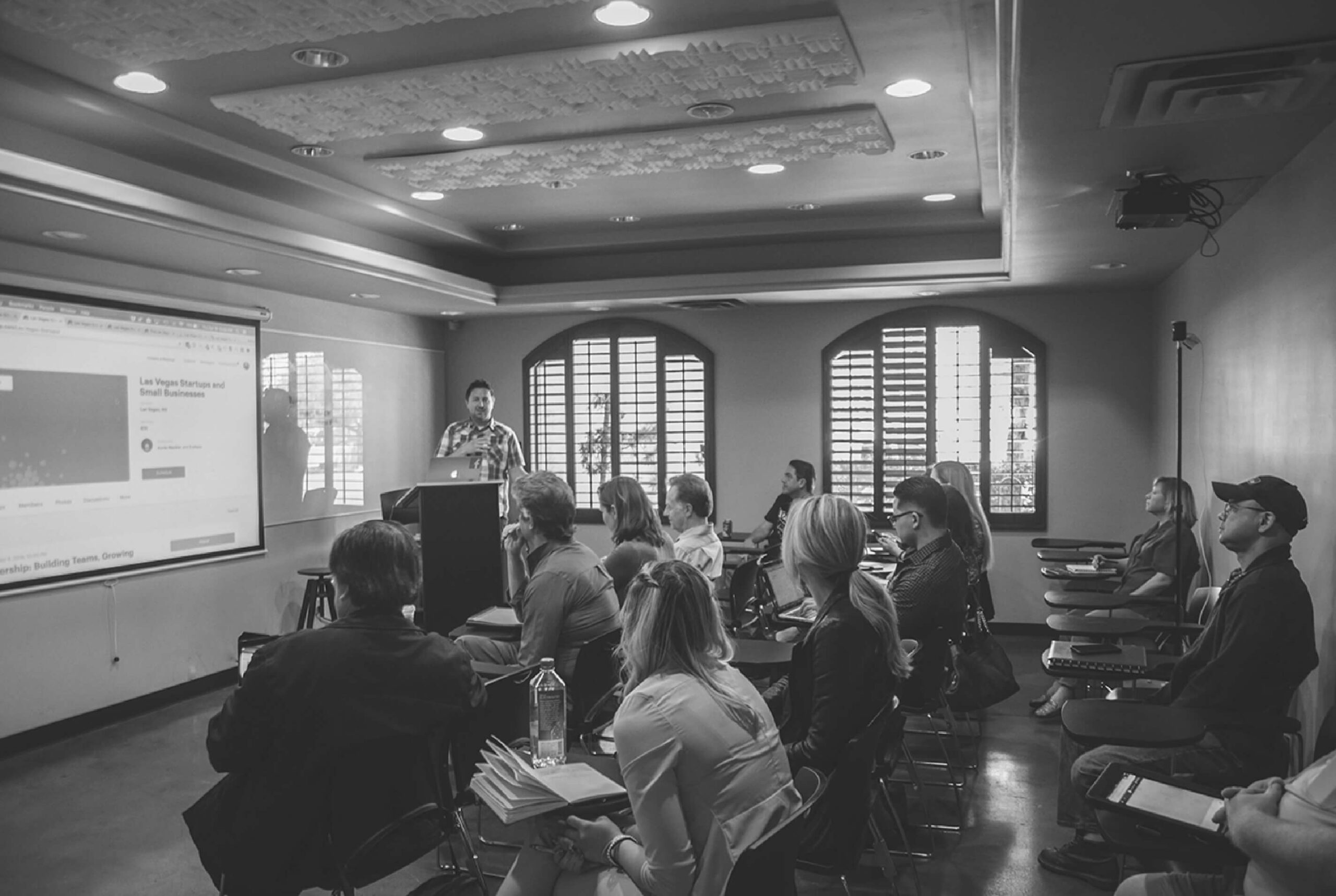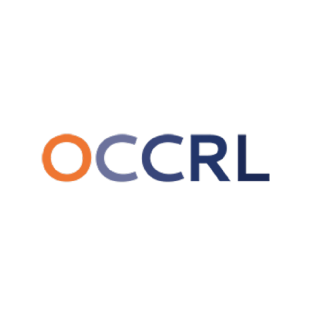November 11, 2019
Dr. Marci Rockey – Office of Community College Research and Leadership College of Education University of Illinois at Urbana-Champaign
The Partnership for College Completion recently released the third in a series of reports on college affordability and access in Illinois. These reports center the impact of state disinvestment in higher education on three student subpopulations including Black, Latinx, and rural students (Partnership for College Completion, 2019). While rural Illinois is predominately white, these subpopulations are not mutually exclusive due to growing racial diversity across the state. Geographical context has implications for racial equity with Latinx students from rural areas having a lower likelihood of obtaining a college degree, while the odds for Black students are consistently low across the state (Partnership for College Completion, 2019). In sum, addressing both racial and geographic educational inequities are critically important.
Rural students are especially impacted by inadequate funding for the state’s Monetary Award Program (MAP) that is allocated on a first-come, first-served basis (Mugglestone, Dancy, & Voight, 2019; Partnership for College Completion, 2019). Community college students in Illinois are four times more likely than students at the state’s public universities to be denied this funding, which disproportionately impacts rural students who are more likely to enter higher education through these institutions (Partnership for College Completion, 2019). Additional challenges to affordability for rural students include an increased likelihood of being in the lowest income bracket and traveling 40% farther to physically get to a college (Partnership for College Completion, 2019).
For rural students in the lowest income bracket who do access the state’s public universities, the cost associated with attendance is among the highest nationwide (Partnership for College Completion, 2019). My own research on rural populations in higher education began by studying the declining enrollment of rural Illinois students at the University of Illinois at Urbana-Champaign. Nationwide, the Institute for Higher Education Policy has identified that most flagship institutions, founded on a historical mission of expanding access for their state’s residents, are unaffordable to low-income students (Mugglestone et al., 2019). The recently implemented Illinois Commitment financial aid program has coincided with increased racial and geographic diversity among the freshmen class at Illinois (Vance, 2019). However, access issues for rural students go beyond cost.
Inequities prior to college for developing college and career readiness are of great concern for advancing educational access and attainment for rural students.”
While a lack of affordability is indeed problematic, inequities prior to college for developing college and career readiness are of great concern for advancing educational access and attainment for rural students. The impact of the state’s teacher shortage on rural districts (Gaines, 2018), as well as being among the states with the lowest average salaries for rural educators (Showalter et al., 2019), exacerbates this opportunity gap. Only 5.6% of rural juniors and seniors in Illinois high schools pass at least one Advanced Placement (AP) exam (Showalter, Hartman, Johnson, & Klein, 2019). However, rural high school students nationwide are more likely to participate in dual-enrollment courses (Showalter et al., 2019). In Illinois, 31.6% of rural female students and 28.8% of rural male students participate in these courses (Showalter et al., 2019). This points to the critical need for partnerships between high schools and postsecondary institutions, especially community colleges, to fill opportunity gaps for developing college and career readiness in rural school districts.
Addressing inequitable funding structures that disadvantage rural school districts, as well as state colleges and universities and financial aid programs that serve rural students, are at the root of overcoming barriers to college access and completion (Mugglestone et al., 2019; Partnership for College Completion, 2019; Showalter et al., 2019). Therefore, educational policy change is critical to the success of rural students in Illinois, one of 10 states nationwide identified as most urgently in need of these changes (Showalter et al., 2019). The failure of the state to address the issue systematically will continue to decrease opportunities for social mobility, leading to detrimental impacts on rural communities and rural students.
References
Gaines, L. V. (2018, June 21). What will it take to fix Illinois’ teacher shortage? Illinois Public Media.
Mugglestone, K., Dancy, K., & Voight, M. (2019) Opportunity lost: Net price and equity at public flagship institutions. Institute for Higher Education Policy.
Partnership for College Completion (2019) Priced out: Rural students.
Showalter, D., Hartman, S. L., Johnson, J., & Klein, B. (2019). Why rural matters 2018-2019: The time is now. The Rural School and Community Trust.
Vance, A. (2019, September 12). Class of 2023 sets records for enrollment, diversity, excellence. Illinois News Bureau.


